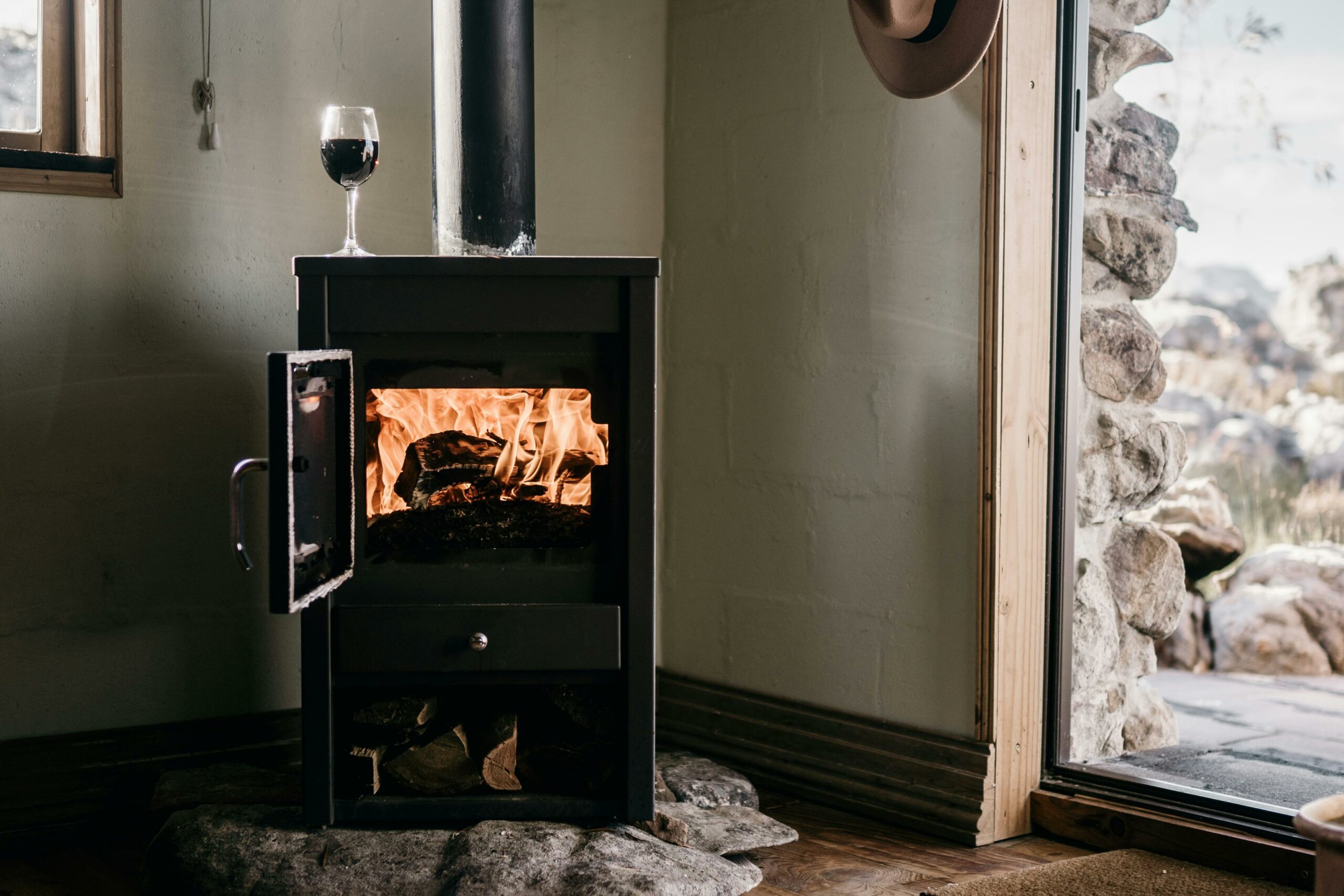Written by guest writer, Paula from Fashion Police
Recycling existing high-end styles from past decades
Another new year! And what better way to start than by looking back at what “was” and still “is”. We get some stunning ideas and interesting facts about vintage fashion from way back then, and about recreating the vintage inspired looks into today’s styles, such as recycling the following high-end styles from past decades:
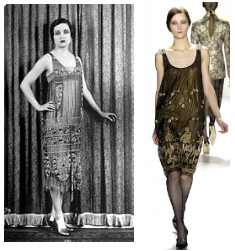
1920 – The flapper dress
We start with the 1920s, known as the decade when fashion entered a new era. Flapper dresses are straight and loose, leaving the arms bare (some styles with no straps) and dropping the waistline to the hips. In the 1920s silk or rayon stockings were worn with flapper dresses and the skirts rose to just below the knee, allowing flashes of leg to be seen when a girl danced or walked through a breeze. Back then, the flappers caused a stir and were viewed as scandalous. Today, this style is seen as classy and sophisticated and is popular on many runways and red carpet events.
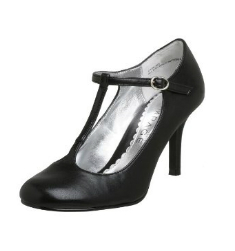 1930 – T-strap pumps
1930 – T-strap pumps
The T-strap pump was first seen in the 1920s as women began to show off more of their legs and feet. Typically, back then the shoes had a 2 to 5 cm heel. The T-strap was one of the more popular styles for evening wear in the 1930s and early 1940s. Today the T-strap is available in sandals, flats, stilettos and platforms, as the typical 30s styles are making their way back to the 21st century.
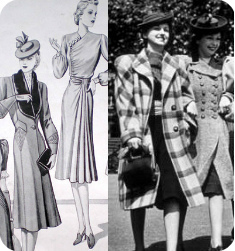 1940 – Shoulder and sleeve detailing
1940 – Shoulder and sleeve detailing
The most characteristic trend by the 1940s was the shift of attention to the shoulders, with butterfly sleeves (now known as “Batwing” sleeves) and banjo sleeves. Exaggerated shoulder pads for both men and women are now seen in trench coats, tops, dresses and even blazers. The oversized shoulder padding made its comeback in the 80s.
 1950 – Box and bucket handbags
1950 – Box and bucket handbags
Bags in the 1950s were literally handbags, usually held by the hand or over the arm. Many well-known celebs wear them like that today. Larger bags to hold possessions were also popular when women travelled using public transport some distance into towns. Bucket bags were also useful for carrying a pair of flat shoes, because stilettos are not so comfortable.
 1960 – The mini skirt
1960 – The mini skirt
With a hemline well above the knees and halfway up the thighs and no longer than 10 cm below the buttocks, the mini skirts started to emerge in the late 1950s and became most popular in the 60s. The miniskirt spread beyond a simple street fashion into a major international trend. Due to the style having insufficient material, hats, gloves and long boots were seen as essential accessories back then. The mini skirt fashion continued into the 70s.
 1970 – Bell-bottoms
1970 – Bell-bottoms
Bell-bottoms are wider from the knees down. They tend to have a “bell-shaped” look at the bottom of the jeans and it is now known as flare-leg bottoms. Today, both the boot-cut and flare-leg bottoms remain popular both in denim and even office wear. Popular fashion garments in the 70s were hot pants, tie-dye garments, fitted blazers, maxi dresses and platforms. All are still well-loved and worn today.
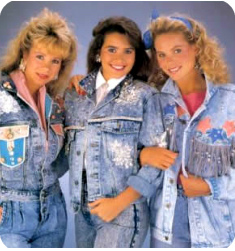 1980 – Acid washed denim
1980 – Acid washed denim
Worn with fringe jackets or the motorcycle jacket, acid washed denims were popularised by hard rock and heavy metal bands in the 1980s. Punk rockers would spatter bleach on their jeans to get the acid wash look. Acid washed jeans made a comeback at the beginning of the 21st century and the trend is still going strong, especially in skinny jeans and cropped jackets. Other popular fashion is the 80s skinny trousers, long jerseys, oversized earrings and jumpsuits.
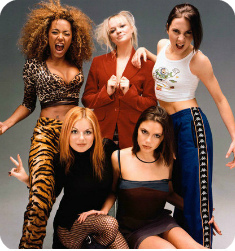 1990 – Anything goes
1990 – Anything goes
The anti-fashion, “anything goes” clothing approach began in the last decade of the 20th century and continues today. Most of the fashion trends of the 1990s are based around casual styles, such as jeans and T-shirts. The early 90s saw oversized sweaters, jeans, t-shirts, fake fur and leather jackets. The mid 1990s began with a revival of 60s and 70s fashion, such as hippy style dresses, bell-bottoms, turtleneck shirts, lace blouses, and gypsy tops. Being now in a totally new era, the 2000s, known as the “mash-up era” with a combination of all of the above being worn casually, formally and even featured on high-profile runways, I am personally very excited to see what’s next!
Happy 2013 to all the BoB fashionistas! May this New Year be filled with many more (unexpected) vintage inspired fashion comebacks – aka “Recycling existing high-end styles from past decades”




